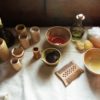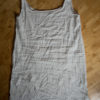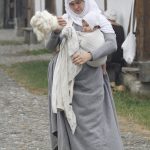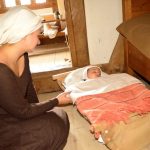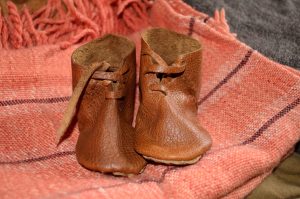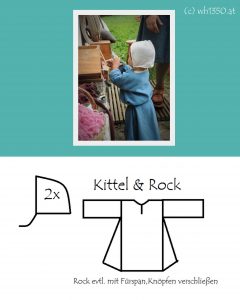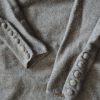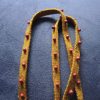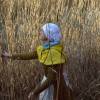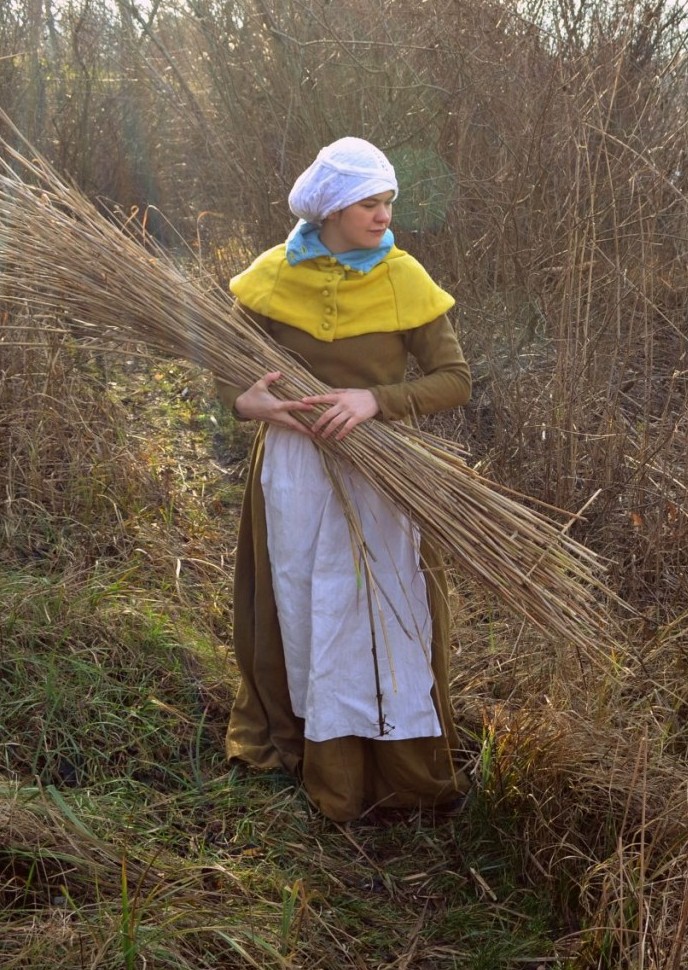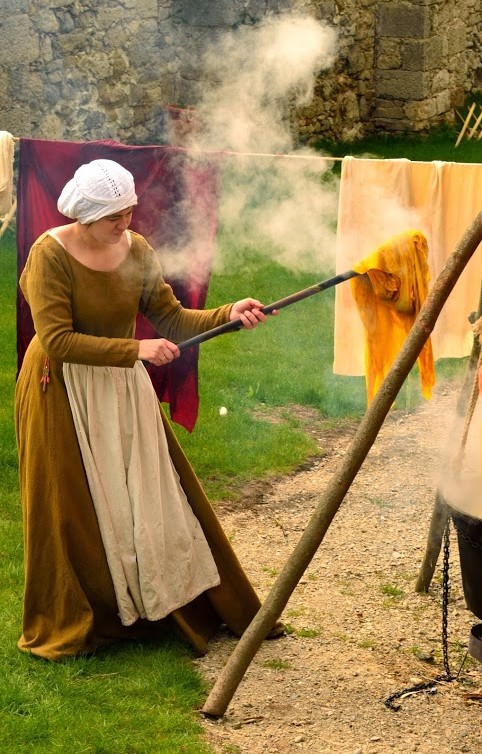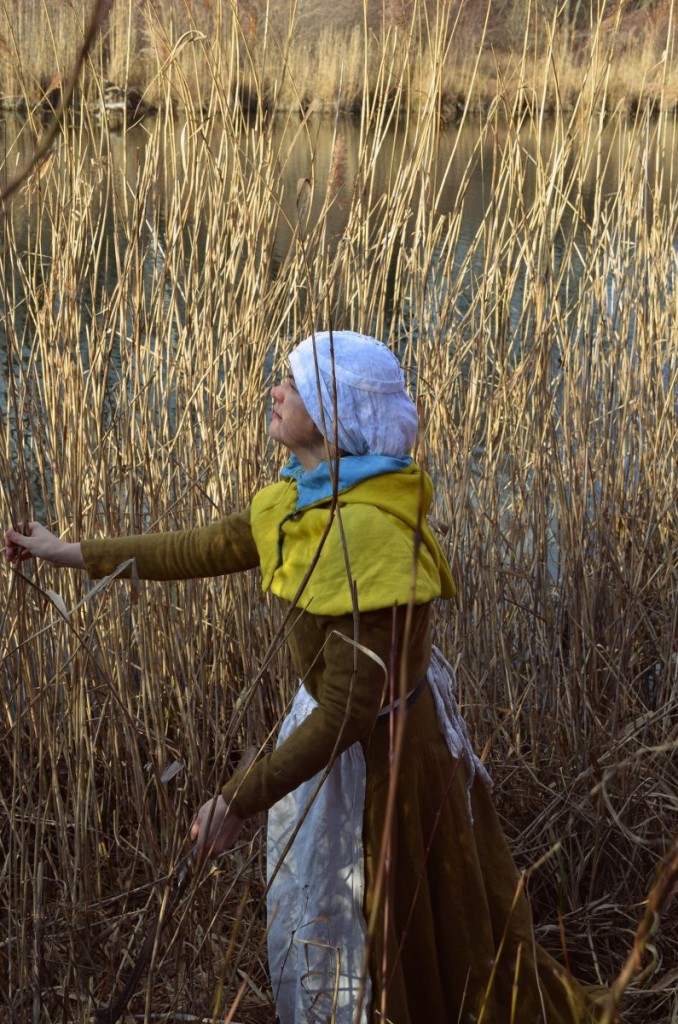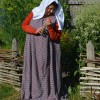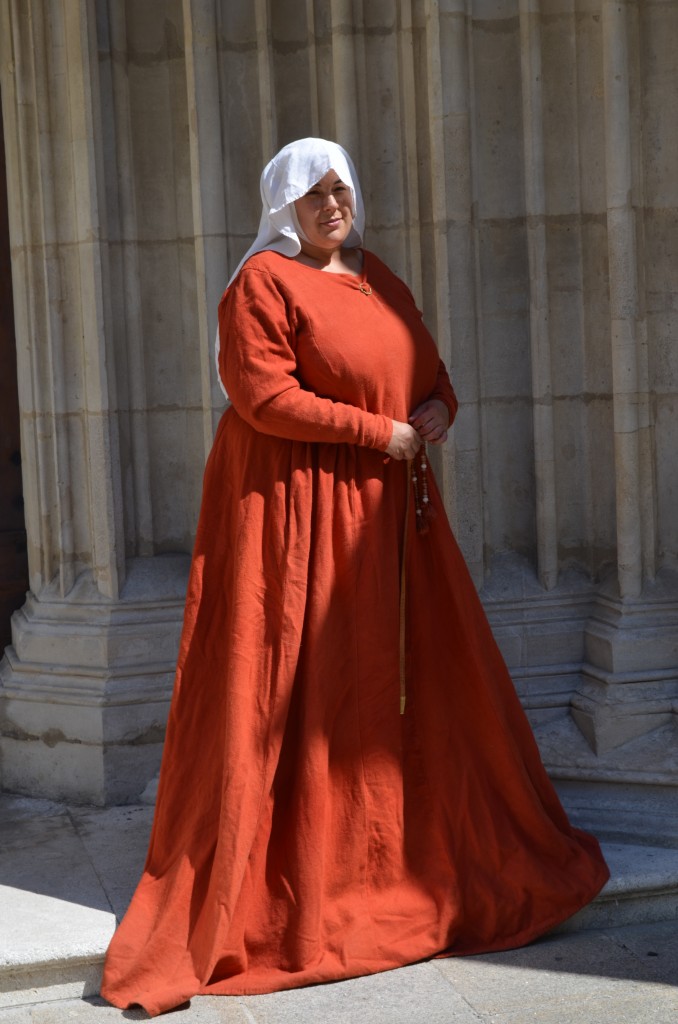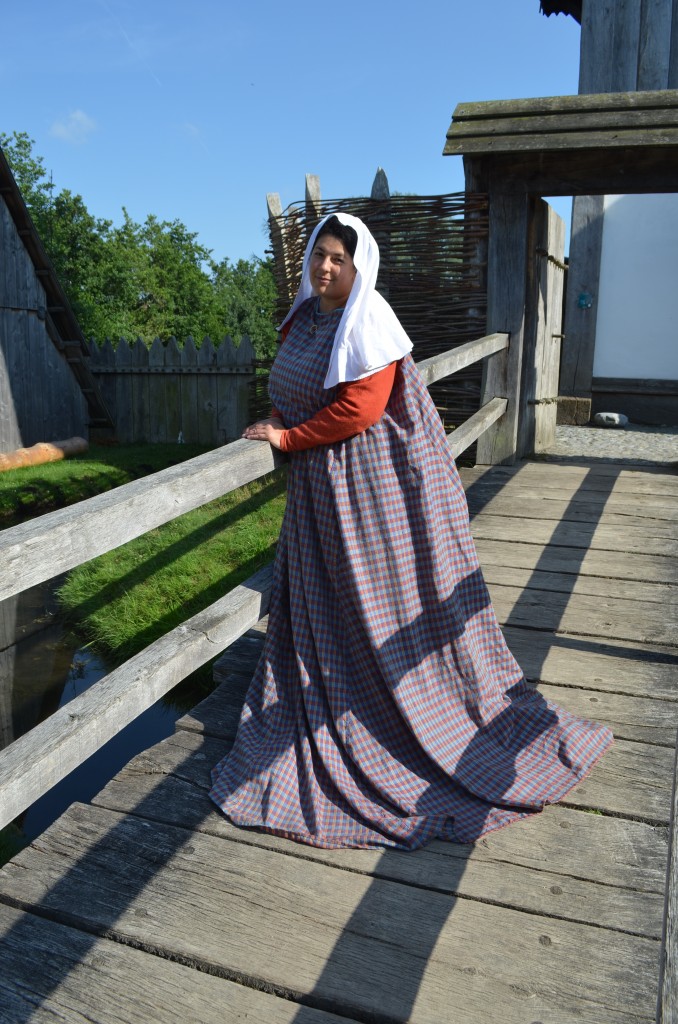Blog
When you imagine a medieval man or woman, what do you see? Foul teeth? Greasy hair? Dirty, bumpy skin? Hairy armpits and sweat stench?
Well, for some of them, this might have been true. For some people today, this is still true. But medieval sources prove, that it could be and has been different for large parts of the population. Medieval people know far more than we think today.
In this article I want to talk about aspects of (female) beauty routine and cosmetics, as we find them in medieval sources (mainly the Trotula).
Actually my plan for my 14th century hobby was to have a full citizen-costume ready by the start of the new season. Unfortunately that was more difficult than I thought due to delivery problems for the fabric. And since I really did not want to go another season with just one wearable dress, half eaten by moths, I needed a dress to change into during longer events. Again in a very cheap colour. In white.
The last works of the winterseason are in progress. For our first event in April, I still needed a sleeveless undergown/shirt. I already had one from my medieval fair times, but it was much too short and made from cotton.
Our youngest is already on his feet a lot and we felt it was time to give an overview over his kit …
- First year:
According to sources, Babys in the first year of their life were mostly swaddled. Some were only swaddled up to the hip, some were fully wrapped. On their hats, babies often wear some sort of coif or hat.
For our photos, we swaddled our youngest, but not in a historical manner when it comes to how hard to pull the bandages. While a lighter form of swaddling is coming back into fashion these days, modern babies are neither used to this historical sort of firm swaddling, neither is it healthy for the baby. We would like to strongly advise against swaddling your baby without having consulted a professional in advance and we do not recommend to swaddle your child in a historical manner!!!
Our little one has a basic set of:
- Linnen coif
- loose kyrtle made of linnen
- loose kyrtle made of wool
Optional (recommendable when the baby starts to become mobile):
- Leatherbelt
- sewn stockings/hose
- Hood
- wooden rattle
Other items:
- 1 Babywearing wrap made of linnen
- 1 Pillow
- 1 small Straw matrace for the cradle
- 1 linnen sheet
- 1 Woolen blanket
- 1 Baby cradle
- Second year:
Depictions of toddlers are rare, but show some similarities:
At home, children often go barefooted and in a loos kyrtle. When on the way with their mothers or fathers, they are often carried on their arms or in a wrap and sometimes already wear adult clothing styles.
Girls and boys both wear the same loose kyrtle in the first years and are not distinguished by gender in their clothing. Only with 6-7 years of age they start wearing genderindicating fashion of their parents.
The basic kit is
- Kyrtle from linnen (+ 1 to change)
- kyrtle from wool with buttons or a brooch to close tightly around the neck
- Leathershoes
Optional
- Linnen coif
- Leather belt
- sewn hose/stockings from wool fabric
- Hood
- Wooden rattle
- Leather balls, toys, dools,…
Other items:
- Wooden spoon
- Clay or wooden cup
- Wooden bowl
- Woolen blanket
- Pillow
- Straw matrace, linnen sheet, Babybed or cradle
Pattern for a toddlers kyrtle and coif
- Kinderschuhe
Further sources:
Pictures on children and parenthood in medieval times
Babywearing of babies and toddlers in medieval times
Caring for babies and toddlers in medieval times
Midwifery in late medieval times
Pregnancy and birth in late medieval times
Childrens toys
Just a little item today, I trained tablet weaving and made this my first (pretty wobbly) piece. (more…)
Another one of our full ensembles for women, working clothes for a simple woman (Dyer) around 1340-50 in Vienna.
We would like to show you here the full ensemble of a craftswoman/silk embroiderer/citizen around 1340-1350. The outfit is quite conservative for the time and would also fit into earlier decades of the 14th century, the amount of fabrics used and the fashionable checker pattern of the suckenie though are a sign of the financial wealth of this woman.
What you see here:
Kyrtle:
made from madder-dyed wool-twill, handsewn with copper-alloy-needles from the London findings with madder-coloured wool-yarn. After different original pictures from Austria and Germany. around 1340-50, pattern after the Herjolfsnes-findings, simple style with no buttons, the chest is adorned with a copper-alloy-brooch. (more…)




